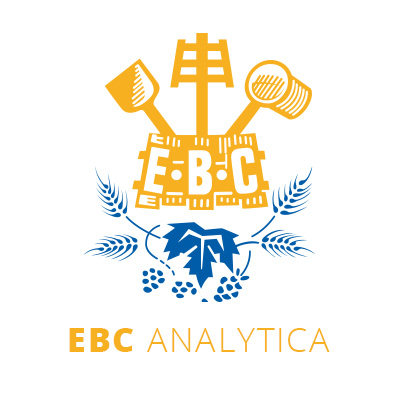- 25/10/2018
- 3262
- |
- Microbiological Techniques
- |
- 2011
2.3.8.3 - ATP Analysis of Final Product
Rapid assessment of the risk for microbiological spoilage of packaged beer. Descriptors: ATP Analysis of Final Product, ATP content, free ATP, bioluminescence method, ATPase, extracellular ATP, RLU values.










